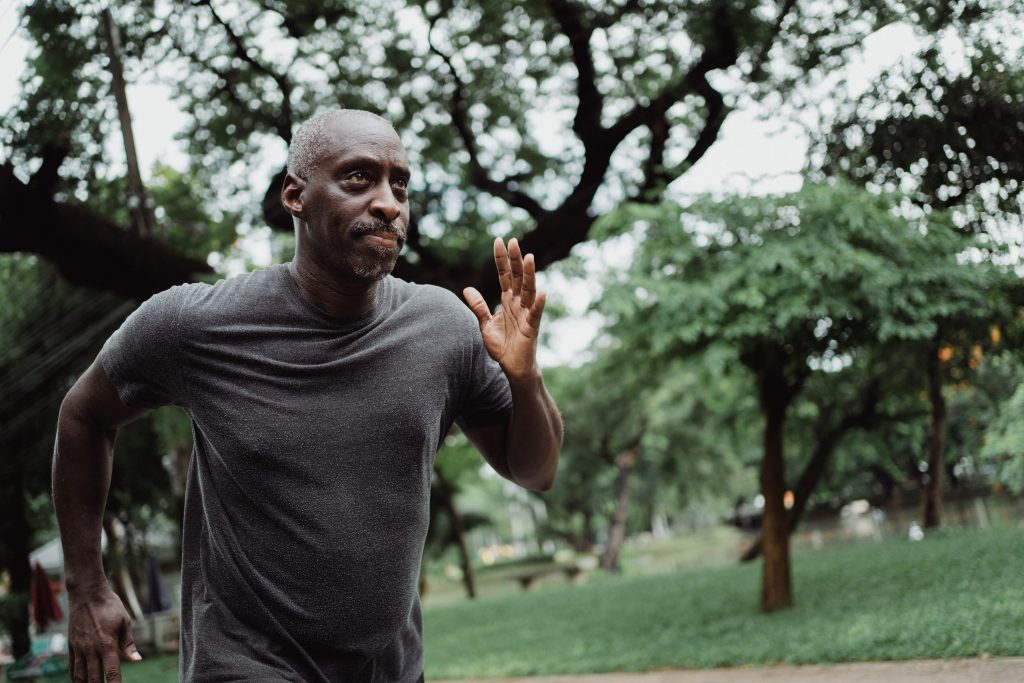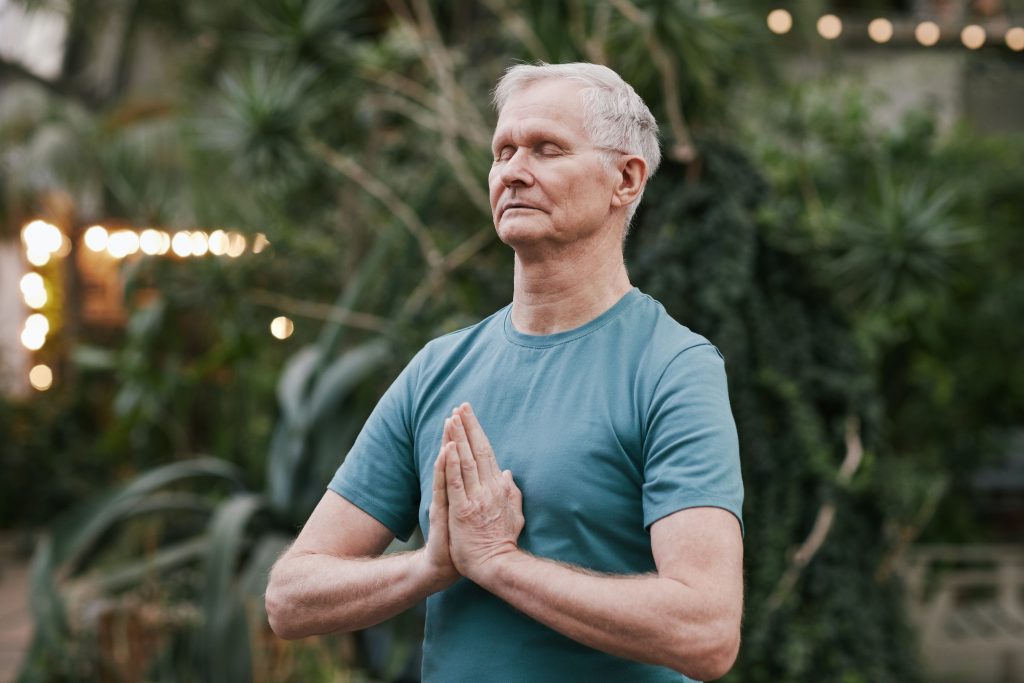Discover the importance of exercise as you age and learn how often you should be exercising to maintain optimal health and well-being.
How Often Should You Exercise As You Age?

Do you want to stay strong, vibrant, and active as you age? Then exercise should be your new best friend! But how often should you be hitting the gym or pounding the pavement? Don’t worry, I’ve got all the answers right here. Let’s dig into the importance of exercise as we age and find out just how often we need to get moving.
Understanding the Importance of Exercise in Aging
They say age is just a number, but guess what? Exercise is your secret weapon to keeping that number looking pretty darn good! Physical activity plays a crucial role in healthy aging, and it’s not just about looking good in those trendy golden years. Nope, exercise can actually help you feel good, too!
But what exactly does exercise do for your body as you age? Let’s dive into the details and explore the numerous benefits of staying active.
The Role of Physical Activity in Healthy Aging
When you exercise regularly, you give your body a magnificent boost. Exercise improves your cardiovascular health, strengthens your bones and muscles, enhances your balance, and even boosts your brain power. It’s like a superhero for your body!
Regular physical activity helps to keep your heart strong and healthy. It reduces the risk of heart disease by lowering blood pressure, improving cholesterol levels, and increasing the efficiency of your heart and lungs. So, not only will you look great on the outside, but your insides will thank you too!
As you age, your bones become more fragile and prone to fractures. But fear not! Exercise can help combat this. Weight-bearing exercises, such as walking or dancing, stimulate bone growth and increase bone density. This means you’ll have a lower risk of osteoporosis and fractures. Who knew exercise could be the key to a strong and sturdy skeleton?
Have you ever noticed how your balance seems to deteriorate as you get older? Well, exercise can help with that too! By incorporating exercises that focus on balance, such as yoga or tai chi, you can improve your stability and reduce the risk of falls. So, you can strut your stuff confidently without worrying about taking a tumble.
But wait, there’s more! Exercise also has a positive impact on your brain health. It increases blood flow to the brain, promoting the growth of new brain cells and improving cognitive function. So, not only will you look and feel great, but you’ll also be sharp as a tack!
Now, let’s talk about the benefits of exercise when it comes to maintaining a healthy weight. As we age, our metabolism tends to slow down, making it easier to gain weight. But fear not! Regular physical activity helps to rev up your metabolism, burn calories, and maintain a healthy weight. So, you can indulge in your favorite treats without feeling guilty!
And here’s the cherry on top – exercise can reduce your risk of chronic diseases. Regular physical activity has been shown to lower the risk of heart disease, stroke, type 2 diabetes, and certain types of cancer. It’s like a shield protecting you from the dangers of these illnesses. So, lace up those sneakers and get ready to fight off those chronic diseases!
Exercise and Its Impact on Longevity
Want to live a long and vibrant life? Well, put on those sneakers and get moving! Studies show that regular exercise can increase your lifespan by years. Yep, you heard that right – by years! So, let’s lace up and get ready to add some quality time to our years.
Exercise not only adds years to your life but also life to your years. It improves your overall quality of life by enhancing your physical and mental well-being. Regular physical activity can boost your mood, reduce stress and anxiety, and improve sleep quality. It’s like a natural antidepressant and sleeping pill rolled into one!
So, whether you’re hitting the gym, going for a jog, or dancing in your living room, keep in mind the incredible benefits that exercise brings to your aging journey. It’s not just about looking good, but also feeling good and living your best life. So, let’s embrace the power of exercise and age gracefully!
Determining the Right Frequency of Exercise for Different Age Groups
We’re all unique, and our exercise needs change as we journey through life. But don’t worry – I’ve got the lowdown on how often you should be getting your sweat on, based on your age group.
Exercise is a key component of a healthy lifestyle, and it becomes even more important as we age. Regular physical activity can help us maintain our strength, flexibility, and overall well-being. However, the frequency and intensity of exercise may vary depending on our age and individual circumstances.
Exercise Recommendations for People in Their 40s and 50s
Ah, the fabulous forties and fifties! This is the time to continue challenging yourself while keeping an eye on recovery. Aim for at least 150 minutes of moderate-intensity aerobic exercise per week, along with two or more days of strength training. Yup, it’s time to pump some iron and show those muscles who’s boss!
In your 40s and 50s, your body may not bounce back as quickly as it used to, so it’s important to listen to your body and give it the rest it needs. Incorporating activities like yoga or Pilates can help improve flexibility and prevent injuries. Remember, it’s all about finding the right balance between pushing yourself and allowing for proper recovery.
Exercise Guidelines for Individuals Over 60
Now that you’re in the zestful sixties club, it’s time to keep that pep in your step. Aim for the same 150 minutes of aerobic exercise each week, but don’t forget to include activities that improve your balance and flexibility. Yoga, water aerobics, or a leisurely stroll through the park – it’s all about staying active and having fun while you’re at it!
As we age, our bodies may become more prone to certain conditions like osteoporosis or arthritis. Engaging in weight-bearing exercises, such as walking or dancing, can help improve bone density and reduce the risk of fractures. Additionally, incorporating exercises that focus on balance, such as tai chi or balance training, can help prevent falls and maintain stability.
It’s important to note that these exercise recommendations are general guidelines and may vary depending on individual health conditions or physical limitations. Consulting with a healthcare professional or a certified fitness trainer can help tailor an exercise plan that suits your specific needs and goals.
Types of Exercises Suitable for Aging Individuals
Mix it up, my friends! Variety is the spice of life, and the same goes for exercise. Here are a couple of exercise types that are perfect for aging individuals:
As we age, it becomes even more important to prioritize our physical health. Engaging in regular exercise not only helps us maintain our independence but also enhances our overall well-being. Let’s take a closer look at two types of exercises that are particularly beneficial for aging individuals.
Strength Training for Older Adults
Who says you can’t be strong and fabulous? Strength training not only helps to build muscle mass but also improves bone density and joint health. As we age, our muscles naturally weaken, making everyday tasks more challenging. However, by incorporating strength training exercises into our routine, we can counteract this decline and maintain our strength and vitality.
Strength training exercises for older adults can include using dumbbells, resistance bands, or even our own body weight. These exercises target major muscle groups, such as the arms, legs, and core, helping to improve balance, stability, and overall functional fitness. So, grab those dumbbells or resistance bands and start pumping! You’ll be amazed at the difference it can make in your daily life.
Cardiovascular Exercises for Aging Hearts
Keep that ticker happy and healthy with some cardiovascular exercises. As we age, our cardiovascular system may become less efficient, increasing the risk of heart disease and other cardiovascular conditions. However, regular cardiovascular exercise can help strengthen our hearts, improve circulation, and boost our overall cardiovascular health.
When it comes to cardiovascular exercises for aging individuals, the options are endless. Whether it’s brisk walking, swimming, cycling, or dancing like nobody’s watching, the key is to get your heart rate up and that smile plastered across your face! Engaging in these activities not only improves cardiovascular fitness but also enhances mood, reduces stress, and promotes a sense of well-being.
Remember, it’s never too late to start taking care of your heart. Even if you haven’t been active in a while, starting with low-impact activities and gradually increasing the intensity and duration can help you reap the benefits of cardiovascular exercise.
Overcoming Common Barriers to Exercise in Older Age
Now, you may be thinking, “But wait, I have some obstacles to overcome!” Don’t worry, my fellow fitness enthusiast, for I have some tips to help you conquer those barriers.
Dealing with Health Conditions and Exercise
Got some health conditions? No sweat! Just make sure to consult with your doctor before starting any exercise program. They’ll guide you on what’s safe and what exercises can actually help manage your condition. Exercise can be your ally in tackling health challenges, so don’t let anything hold you back!
Staying Motivated to Exercise in Older Age
We all have our days when staying motivated feels like tackling Mount Everest. But fear not – there are plenty of ways to keep that workout mojo alive and kicking. Grab a workout buddy, listen to some pumped-up tunes, try new exercise classes, or reward yourself with a guilt-free treat after a sweat session. Find what inspires you and let the motivation flow!
Safety Tips for Exercising in Older Age
We want you to hit your fitness goals without any bumps or bruises along the way. Keep these safety tips in mind, and you’ll be striding toward fitness success:

Preventing Injuries During Exercise
Stay injury-free by warming up and stretching before every workout. It’s also essential to use proper form and technique, especially when lifting weights. And don’t forget to listen to your body! If something doesn’t feel right, take a break. Remember, there’s no rush – it’s all about enjoying the journey.
Knowing Your Limits: When to Stop Exercising
You’re fierce, but even the fiercest warriors need to take a breather at times. Pay attention to your body’s signals and take breaks when needed. And if you experience any pain or discomfort that persists, it’s time to give your doctor a call. They’ll be your superhero in ensuring that you’re on track with your fitness journey.
So there you have it – the secret to aging gracefully lies in exercise, my friends! Whether you’re in your forties, fifties, sixties, or beyond, make physical activity a pillar of your daily routine. Challenge yourself, have fun, and let exercise be the fountain of youth that keeps you feeling young at heart. Get out there and enjoy the journey, my fit friends!







Thank you for your sharing. I am worried that I lack creative ideas. It is your article that makes me full of hope. Thank you. But, I have a question, can you help me?